In 2014, the 41-year-old poet and essayist Anne Boyer went to the hospital and learned about her horrible diagnosis. She had an aggressive type of breast cancer. It was the triple-negative type—meaning it has a fifty percent of mortality rate.
Her life took a turn for the worse upon hearing the diagnosis. She underwent six months of aggressive chemotherapy, followed by a double mastectomy and a reconstructive surgery. The trauma was too much for her to handle: it took her five years to become able to write about what she had gone through. Years have passed since then, yet Anne is still unable to comprehend all the events for fear that she will not be able to overcome the trauma.
Indeed, it will most likely haunt the author until the last moment of her life. What is worse, her suffering is not limited to the physical trauma. She had to endure toxic chemotherapy and went through the removal of her breasts. And what she found out during these experiences was almost as bad as the treatment.
The author’s treatment brought light into the profiteering, patriarchal, and racist corporations that play a role in cancer care. This discovery stuck with her and affected her daily life.
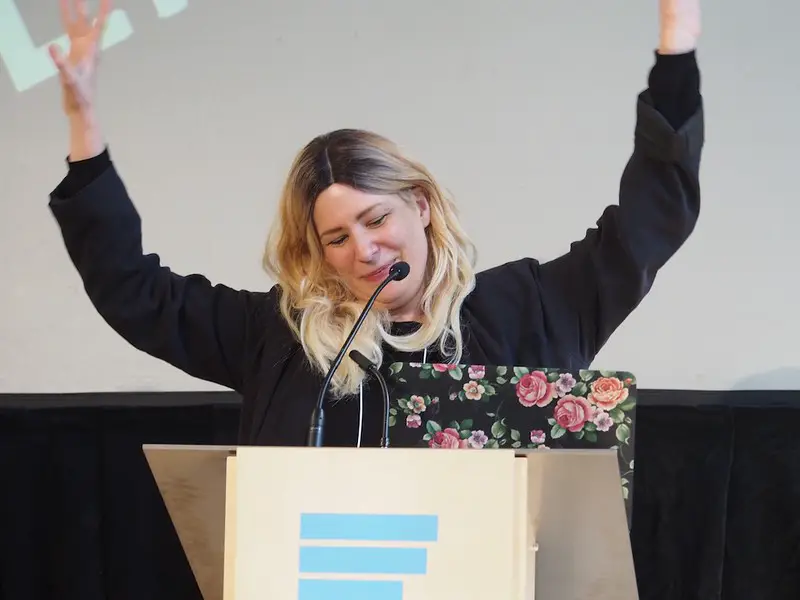
Chapter 1 – Anne’s situation was not easy to accept. She thought she was okay—but according to the medical reports she had a serious illness.
Anne was dressed up in her usual style: sleeveless jackets, a green tank top, and sandals. Across her was a woman sitting behind a desk in an official, dour grey attire, in a well-ventilated room. The said woman was an investigator, though her job was far from the detective-like kind.
Her job was to support Anne while she investigated her feelings.
A short time ago Anne had felt a lump in her left breast. Her diagnosis became clear: she had a tumor. An image was projected for her to see the growing tumor inside her breast and she took a photo of it. It was round and looked as if it had a long, craggy finger.
Anne had never contemplated breast cancer until the medical reports were shown. She had only known that the treatment methods for the illness were advanced. True, it was an inconvenience, but most people were able to overcome it quite easily.
Yet, her situation was different. She had triple-negative breast cancer, considered to be the deadliest one. What is worse, there is no determined treatment for that kind.
While searching on the Internet, Anne stumbled upon a visualized picture. A hundred face emojis were on the graphic. It was quite easy to understand: 52 of them were smiling, green faces, symbolizing the women who lived. The remaining 48 were frowning, pink faces, showing the ones who did not make it.
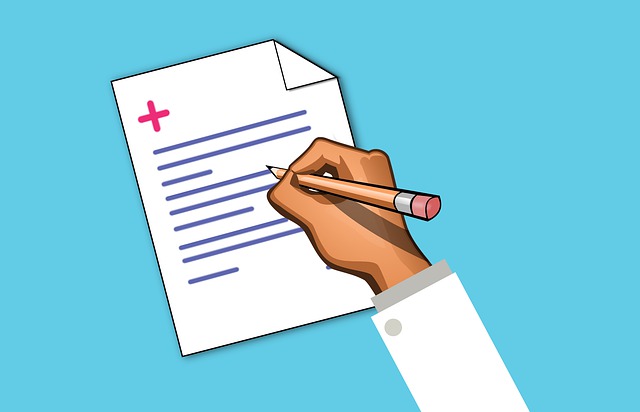
Anne and her friends used a nickname for her oncologist. The doctor was called Dr. Baby because of her chubby and angelic facial features. Yet, the news he told Anne was horrid. Her tumor was growing four times faster than what was diagnosed as very aggressive. The doctor suggested Anne undergo chemotherapy immediately. If she refused, she would die.
Refusing meant being dead. To accept, then, would equal feeling as if she were dead while struggling to stay alive.
She searched for her disease online and read many strong opinions there. It was recommended Anne inform her relatives about it and negotiate with her manager. She would also need to vacuum the rooms thoroughly, give her cat to someone who could take care of her, and buy clothing that would be comfortable with the chemotherapy port. She was going to have an opening in her chest to help drugs be transferred directly into her bloodstream.
Chapter 2 – There was still time until chemotherapy. But while Anne was waiting, the tumor started to hurt. She soon learned the reason: it was growing.
People who have undergone chemotherapy describe it as humiliating, mortifying, and dehumanizing.
Anne’s chemotherapy sessions were to take place in a so-called cancer pavilion. She found the name unusual: the world pavilion gave her the impression of a palace-like place.
But the cancer pavilion was far from a marvelous place. It was a place for agony, an organization for profit. There was no regard for the comfort of a patient.
The patients in the cancer pavilion were treated the same without any discrimination. Everyone seemed swollen with their heads shaved. Things were leaking out from their bodies: blood, vomit, foul odors. The smell of urine was so sickening that patients were instructed to flush twice to clean completely.
Each time Anne had to go for another round of chemotherapy, her friends assisted and stayed with her. Their conversation never included the treatment Anne was going to take—they only mentioned the sessions to plan for the best time and route for going to the pavilion.
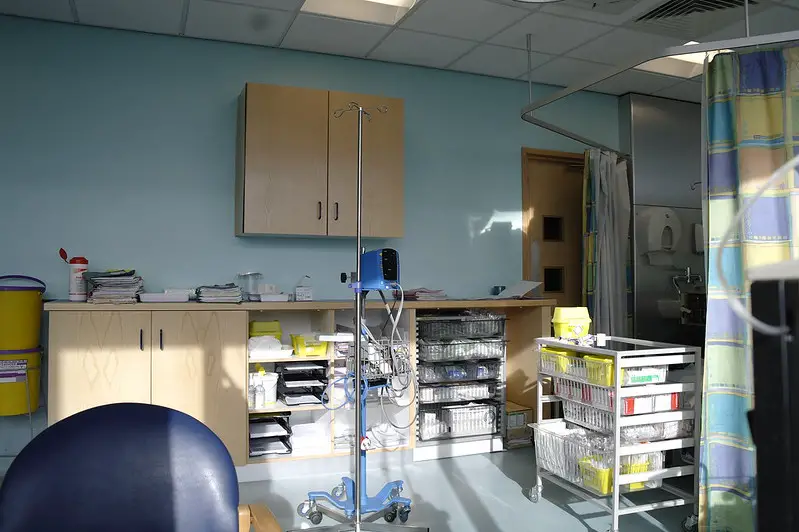
They listened to songs on the way to predict how the treatment would go this time. Queen’s “Bohemian Rhapsody” meant bad luck while TLC’s “Waterfalls” gave a slight hope.
Getting ready for another round for Anne was similar to preparing for a guest, a strong storm, giving birth, being infected, and a holiday—all at once. And each week she had to go through the same experience with the exact combination.
At the hospital, a big needle was inserted into the chemotherapy port, which was installed in Anne’s chest. The nurse then injected Adriamycin into the jugular vein. The medicine used was costly. It was also excruciatingly destructive. Indeed, Adriamycin was such a dangerous one that Anne’s nurse had to wear a hazmat suit to avoid any injuries. It was rumored among the patients that the medicine would melt linoleum if it were spilled by any chance.
Patients who took the drug experienced pangs of pain, loss of hair, and even nerve death. Unfortunately for Anne, she encountered all of these. The treatment could result in infertility, leukemia, or heart failure in the long run. It could also end up with the diminishing of the brain’s white and gray matter, which meant the loss of ability to speak, read, memorize, or to decide.
There is no way to avoid these side effects.
Anne’s acquaintances would admit they would prefer dying from cancer to living through the treatment. Her tumor resisted the treatment of four doses of Adriamycin, in addition to a kind of mustard gas used during the chemotherapy.
Chapter 3 – Anne realized that people surrounding her treated her differently due to her illness.
There are many stereotypes about cancer. Patients diagnosed with it are regarded as courageous and strong as that’s how popular culture desires to see them. Patients should put on a mask of false bravado and inspire others with their patience. They should put on a stylish hat or a wig to cover their heads.
Yet the reaction to cancer is complicated and unique. People fail to realize the fact that the medical system does not see patients as people.
Humane behaviors are frowned upon by the medical staff. If the patients ask questions about their treatment or suggest research that does not align with the treatment in the pavilion, it would automatically be assumed that patients were under the influence of a competitor.
After Anne’s tumor was unresponsive to the chemotherapy, she resolved to stop seeing Dr. Baby and hear a new oncologist.
But the new oncologist was much more hostile towards the treatment. A few weeks passed and her pain from the tumor started to numb.
However, Anne was not out of hardships yet. She couldn’t stand up and she was in severe pain. She could think about nothing but death. Still, Anne wished to live, and on a bright side, being able to contemplate death meant she was still alive. So, she told her friends to stop trying to hinder her from thinking about death.
There were mixed responses regarding her illness. Some friends stopped talking to her. Lovers visited her one last time. An acquaintance she met in a bar became so obsessed that she had no choice but to block his number. This brought a new topic for Anne and her friends to think about: the fetishists. These were “cancer daddies” who would buy presents and shower patients with attention. Were they fetishizing the fact that cancer isn’t transmissible? Maybe like “Anne is diagnosed with cancer, so I don’t have to?”

That’s not how the world works, though. We are all in an industrialized world. Carcinogens pollute our air, food, water, and even medicine. Almost half of us will have cancer in the future. That is, of course, if we don’t have it already.
The popular slogan “Fuck cancer” fails to achieve any result, Anne thinks. The only thing to blame is not cancer, but the world that gives it to people forces them to go bankrupt for a cure, and then leaves the patients alone to die.
Chapter 4 – Anne’s mastectomy was an antagonizing experience.
Anne describes herself as an ordinary person. A single mother living by paycheck. She had to keep working to pay for her treatment. She was aware that telling her employer about the illness would jeopardize her career.
Single women like Anne are two times more likely to die of breast cancer compared to those with partners. Chances for black or poor women to survive are even lower. The author believes that the medical system deems the lives of such people as disposable.
In 1811, the British author Fanny Burney had a mastectomy operation without anesthesia in her bedroom in Paris. The American poet Audre Lorde underwent a similar procedure in 1978; though she was able to recover in the hospital for the following five days. Anne thought both experiences were terrifying in their own way. Burney went through the excruciating pain and horror related to unanesthetized amputation. Lorde’s treatment, on the other hand, made Anne realize that some people did not have access to medical care after mastectomy.
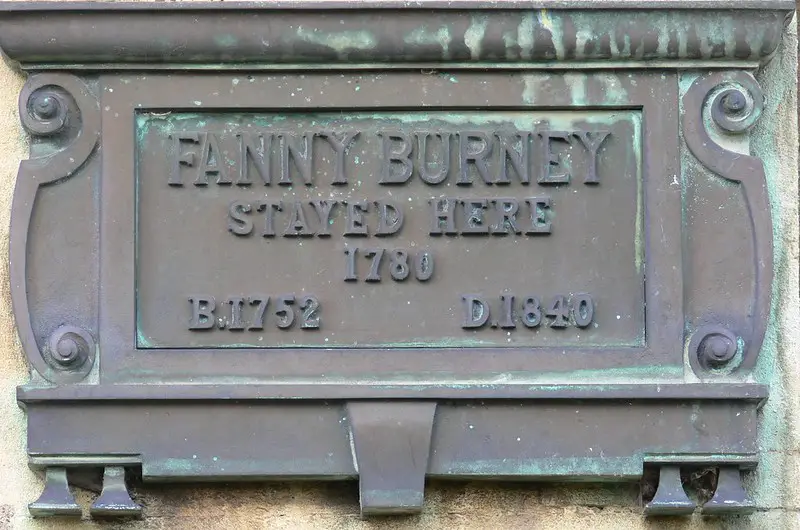
Overall, Anne’s mastectomy felt hostile, pushy, and premature. The medical system had only one goal: to profit. It’s not shocking to see that double mastectomy is regarded as an outpatient procedure.
Anne was discharged before she could even go to the bathroom. She did not even have time to understand how to empty the drainage bags. She informed the nurse that she wished to stay longer, nevertheless, she was pushed out of the hospital.
About a week after the mastectomy, she went back to work.
Anne was informed that her tumor was removed during the surgery. After half a year of chemotherapy and the double mastectomy, she finally saw the results she had been wishing for: a pathological complete response. She was no longer at risk of dying from cancer.
She had lost so much during her journey to recovery. She believed that even if she continued living for another 41 years, it wouldn’t be sufficient to get her revenge from the medical system for their horrible attitude.
Chapter 5 – The very institutions which are supposed to protect women with breast cancer are what hurts patients the most.
Anne’s specialist says that the biggest risk factor for breast cancer is the breasts themselves. Even men can get breast cancer as long as they have breast tissue. Though, of course, women suffer more.
There are several kinds of breast cancer. Anne’s was triple-negative breast cancer—the deadliest kind. It rapidly spreads from the breast to the other soft tissues like the brain, liver, and lungs.
This type usually strikes black women. Black women, who are the victims of institutionalized racism in the medical field. The medical system does not pay attention to them, so there isn’t a developed treatment specifically for them.
After Anne was announced as cancer-free, people were not surprised. Everyone told her they already knew she would beat cancer. It seemed like she had a unique strength that others didn’t have.
Anne saw an article introducing a woman who beat cancer thanks to her “attitude” towards it. She reminds us that there was not one single story about how attitudes help people survive Ebola, poisoning, or animal bites.
People with breast cancer abhor the idea of Pinktober. Pink-ribboned cars, pink mugs, even pink guns are seen everywhere. It is almost as if the whole world is painted with pink, yet the only places where it is impossible to see a pink ribbon are the actual places related to breast cancer. It has been 30 years since pink ribbons were distributed by charities, but a cure is yet to be found.
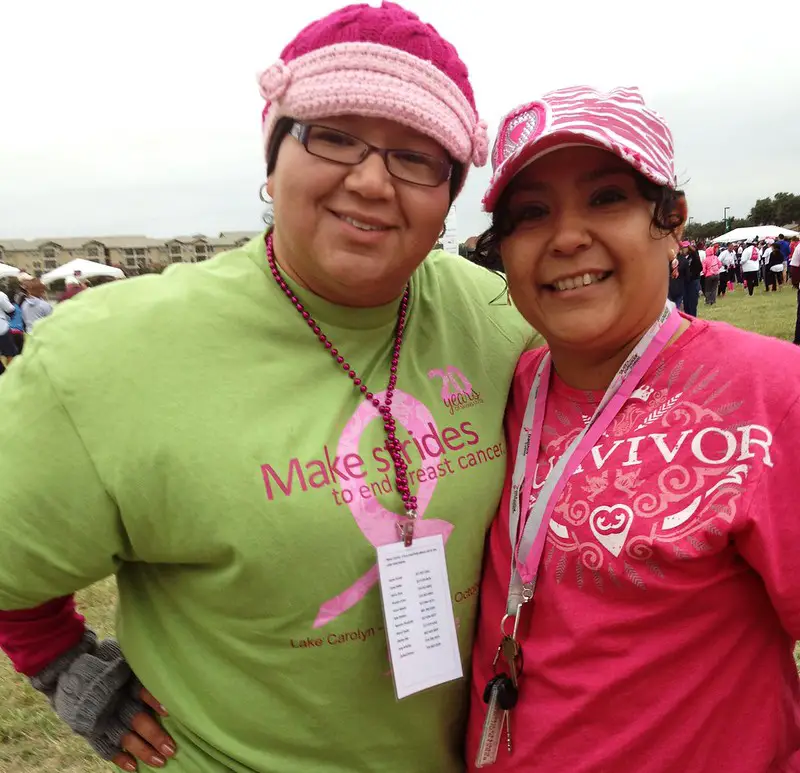
In 1982, the biggest breast cancer charity Susan G. Komen for the Cure started operating. They raised $956 million by 2016. Komen and Kentucky Fried Chicken collaborated to sell fried chicken in pink buckets. The charity also came into an agreement with Baker Hughes corporation to give out a thousand pink fracking drills. Funny enough, fracking releases carcinogens into public water—eventually causing cancer.
Komen’s CEO, Judith Salerno, made a salary of $420,000 in 2014.
Most of the information given about breast cancer might be dubious. A research conducted in 2016 by the New England School of Medicine expressed that a considerable number of women diagnosed with breast cancer underwent needless treatment. Early detection might not save lives. On the contrary, it damages them. It costs a fortune, and results in disability or ultimately, death.
Chapter 6 – Surviving breast cancer is purely coincidental. Conforming to the cancer narrative has nothing to do with it.
Anne’s book is not for people who are healthy. But most of us have experienced sickness. And if we haven’t yet, we somehow will experience it in the future.
We, as a society, do not know how to perceive cancer and patients diagnosed with it. We expect people to conform to the narrative. We wish to see them being brave and motivated, in addition to being bald. We expect them to suffer from chemotherapy despite its destructive effects and the possibility of being ineffective. If they fail to conform—then, people feel comfortable enough to abandon them.
People die from cancer. But they also die from cancer treatment. Lack of cancer treatment also results in death. Everything may go according to the treatment and the patient might still die. On the other hand, a person with cancer can do everything wrong and still survive. People who lose their lives because of breast cancer are not dead because of their moral weakness. The moral fault stems from elsewhere. Anne believes that the roots of moral faults come from the industrial world that causes people to get cancer and profits from them during the treatment.

After half a year of chemotherapy Anne’s body was full of poison, so much so that she became a heart patient. Her doctors couldn’t understand what the problem was. But Anne didn’t have enough funds to continue her treatment, she had to return to work. Thus, she left the treatment with a wig on her head and went into the real world. She had to return to her job, pay her bills, and find someone to look after her children.
Cancer is not easy to understand. Even now, Anne is unable to fully comprehend her own thoughts about it.
She can only provide a metaphor to describe her experience. Imagine strolling down a path covered with sunshine. Suddenly you feel as if there is a snake. You get closer to take a look and see it’s just the snakeskin lying there.
A snake comes out of its skin by wriggling and sliding, leaving his skin behind.
So, Anne asks the readers: Will you be the snake, or will you be the skin that is left behind?
The Undying by Anne Boyer Book Review
Women with breast cancer are always under the pressure of societal expectations. Breast cancer is not natural, and it certainly is not pleasant. People diagnosed with it fall under the hands of the medical system and charities, which are usually profit-based institutions—completely disregarding the health or comfort of the patients.
